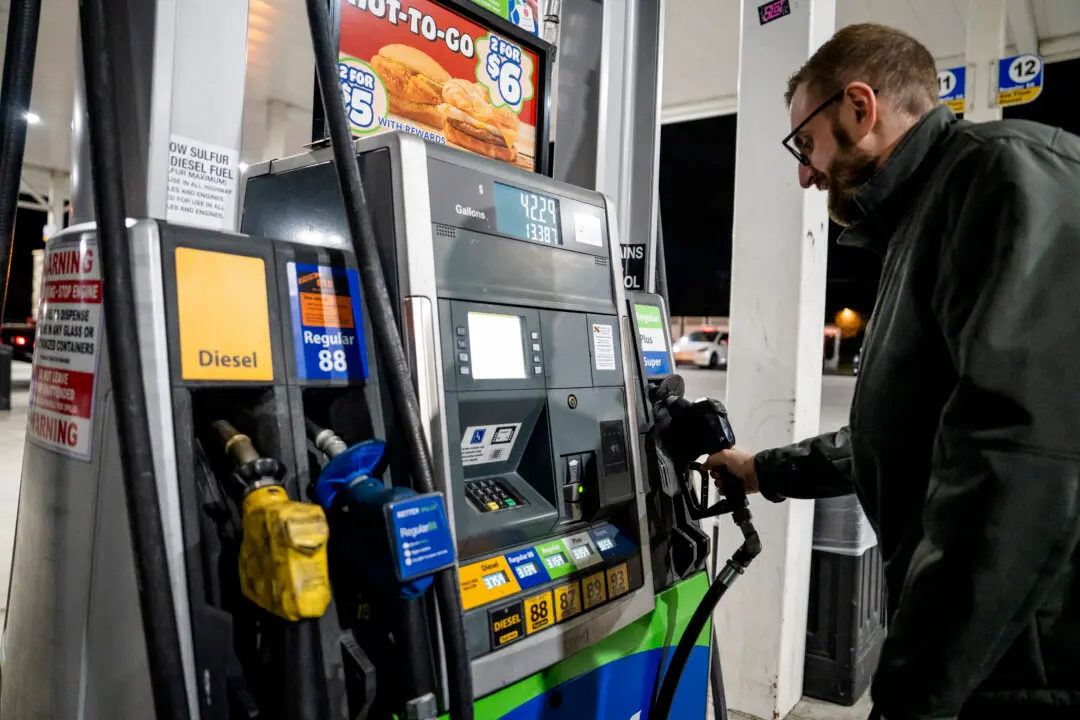The number of Americans seeking unemployment benefits fell last week to 837,000, which, while down by 36,000 from the previous week, remains well above the Great Recession peak of 665,000 weekly filings.
The Labor Department’s jobless claims report, released Oct. 1 (pdf), also showed that the total number of people claiming unemployment benefits in both state and federal programs rose by nearly 485,000 for the week ending Sept. 12, to 26.5 million. In the comparable week in 2019, there were 1.4 million, illustrating the immense impact of the pandemic and related lockdowns on the U.S. labor market.





